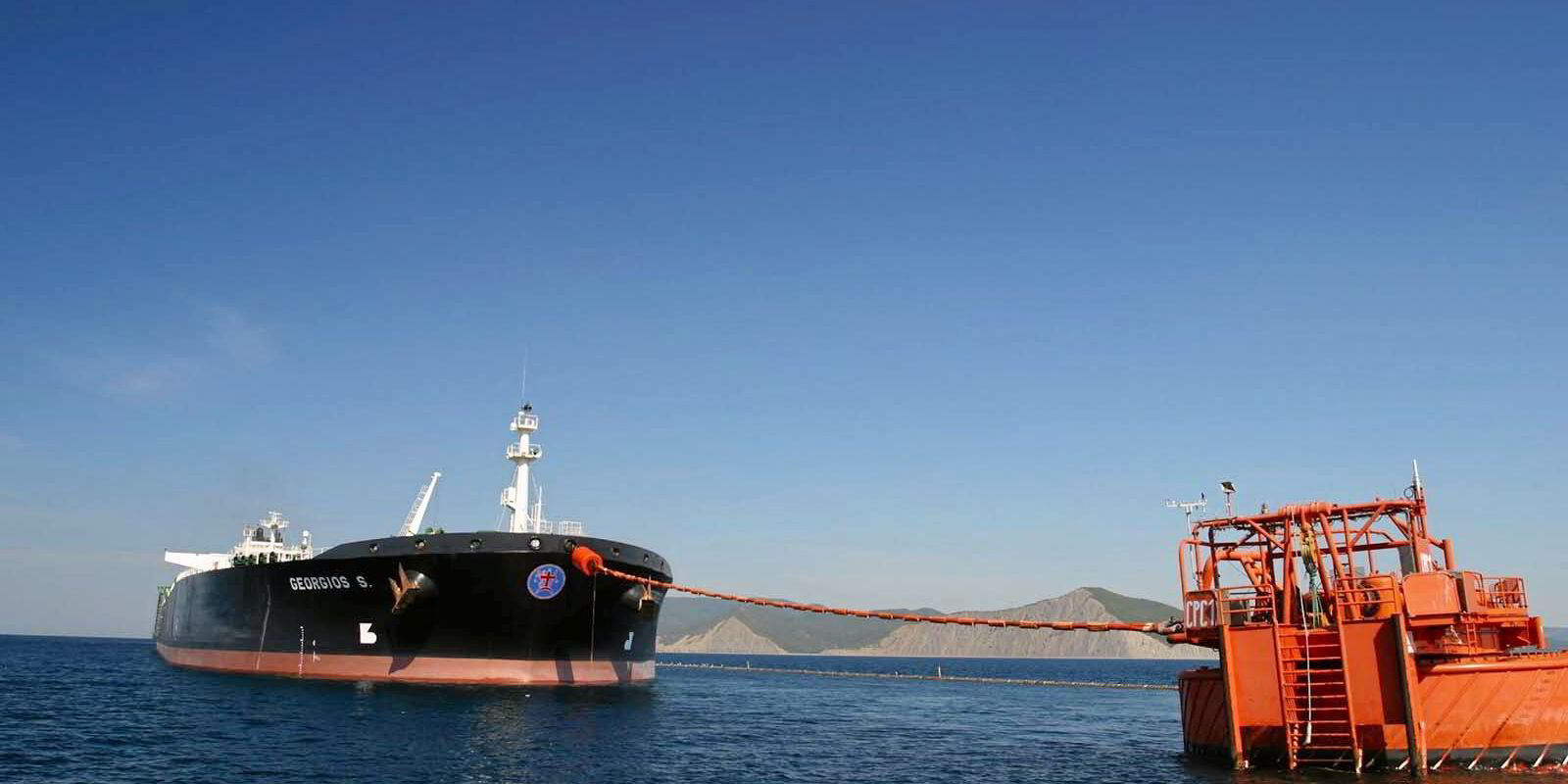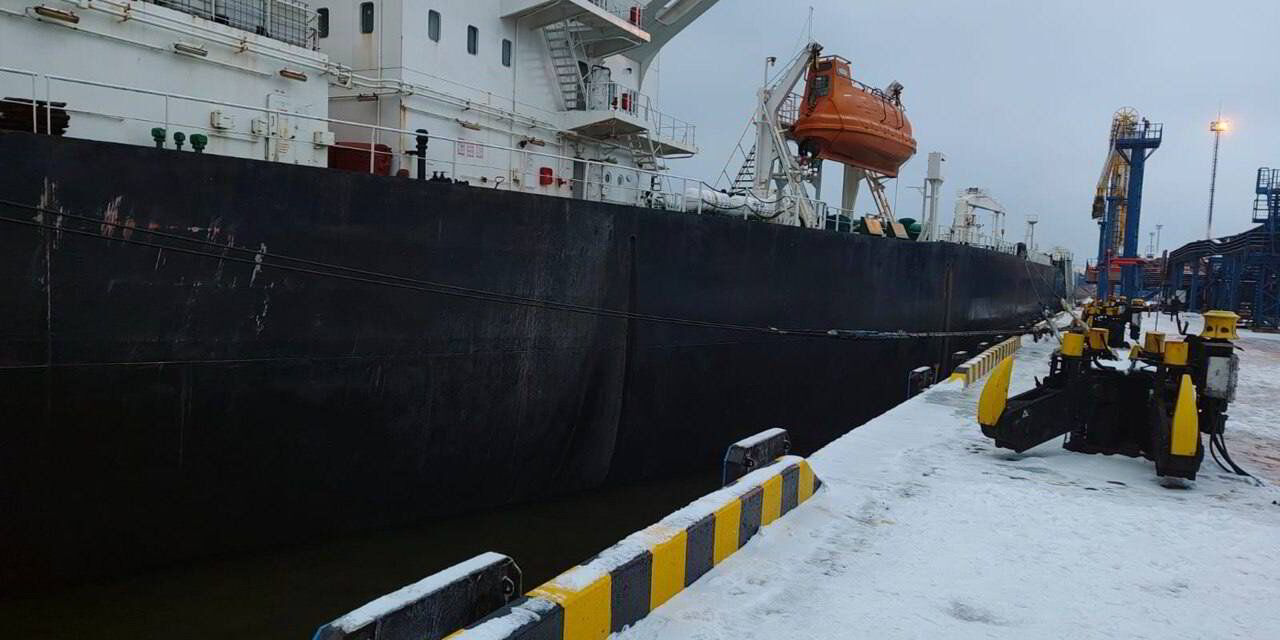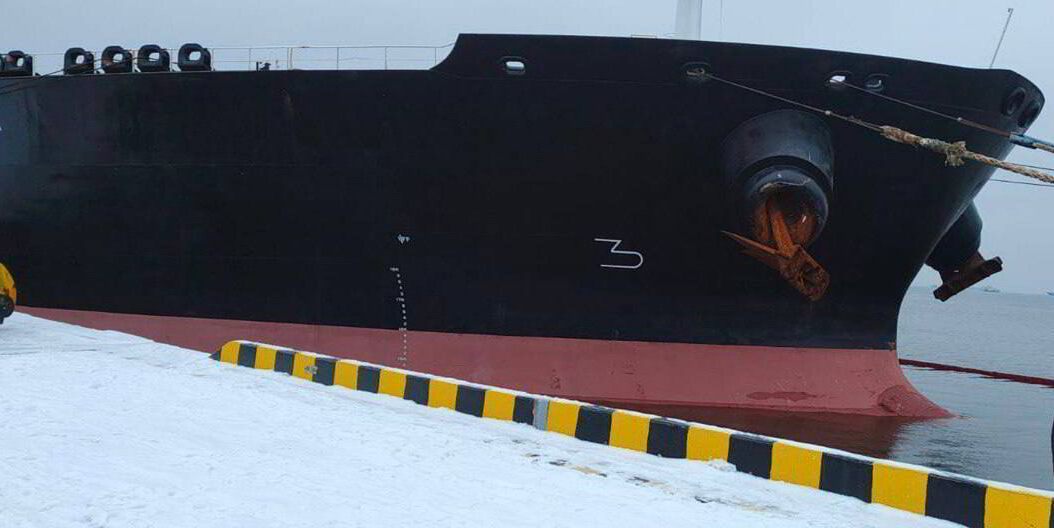Explosions on five ships that called at Russian ports were probably caused by divers planting mines with delayed fuses in state-backed operations, according to Ambrey Analytics.
The divers, transported close to the targets in small submarines, are most likely to have planted the devices as ships slowed or stopped before or after entering ports, the security firm said.
Four oil tankers and a cargo ship calling at oil ports, including Novorossiysk and Ust-Luga, have reportedly been hit in such attacks since December.
Speculation has focused on them being Ukrainian-backed sabotage operations, owing to their level of sophistication.
Ambrey said the damage was consistent with mines that had been set to explode days or weeks later.
The initial targeting of the ships was likely to have been carried out at multiple locations in the Black Sea and the Baltic region, it said.
TradeWinds has reported that the ships attacked include the Thenamaris-operated 112,200-dwt crude oil tanker Seacharm (built 2018), which was damaged off the Turkish Mediterranean port of Ceyhan in late January.
Another Thenamaris vessel, the 108,900-dwt LR2 Seajewel (built 2009), was targeted the following month off Savona, Italy.
The 50,000-dwt Liberia-flagged MR Grace Ferrum (built 2013) was damaged off Libya in February, and a Russian-owned tanker, the 164,500-dwt Koala (built 2003), was hit at Ust-Luga and partially sank.
On Christmas Eve, the Russian-flagged, 9,500-dwt general cargo ship Ursa Major (built 2009) sank in the Mediterranean after explosions near its stern.
The ships were all hit by multiple explosions that were intended to cause a constructive total loss, according to the security company, which said it had viewed hull inspection footage that pointed to mines.
Ambrey said the locations of the explosions were largely inconsequential, owing to the probable use of timed fuses.
“It is highly unlikely that naval mines would be placed whilst the vessel was alongside in port, given the risks involved, but there are opportunities en route to/from ports where vessels have slowed down sufficiently for divers to attach limpets,” it said.
Russian port authorities have begun checking hulls for arrivals at its ports, but Ambrey said the mines were probably placed in the Black Sea after any port call.
It said the attacks were not sufficient in volume to threaten Russian exports but were likely to continue amid Russian attacks on shipping. The attacks could lead to increased war risk premiums, said Ambrey.
None of the tankers affected were on US sanctions lists and two of them had loaded at the CPC terminal in Novorossiysk, which primarily exports Kazakh-origin crude, said the Ambrey circular.

All vessels calling at Russian ports to load oil cargoes were at risk of being targeted, it added, irrespective of “ownership, flag, cargo origin or operational profile”.
Thenamaris had previously attracted the attention of the Ukrainian government, which put it on a list of “international sponsors of war” for transporting oil from Russia following the invasion of Ukraine in February 2022.
The tanker companies were removed from the list in June 2023 before a new package of European Union sanctions was placed on Russia.
The listing had no legal or financial implications but was described as a sticking point in negotiations for some member states that had companies on the list.(Copyright)
Read more
- ‘Multiple mines’: Mysterious explosions on Russia-trading tankers ignite fears as fresh attacks emerge
- Foul play? Second Thenamaris ship damaged in mysterious incident off Turkey
- Thenamaris says ‘security incident’ probe underway after twin explosions hit moored tanker below waterline
- Blast damage suggests limpet mines used on Russian tanker, analysts say
- Trump’s team ‘drawing up’ list of Russian sanctions it could ease





